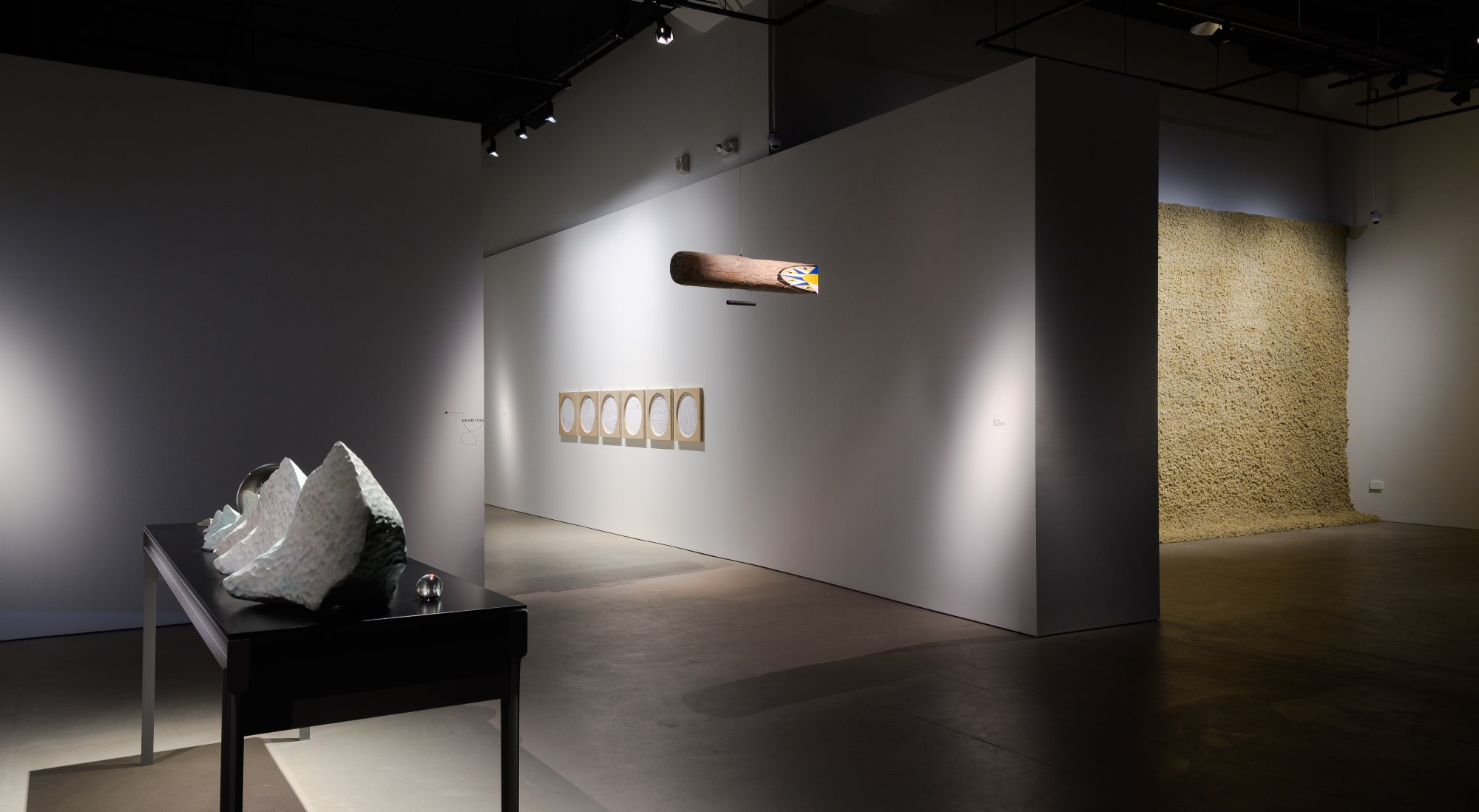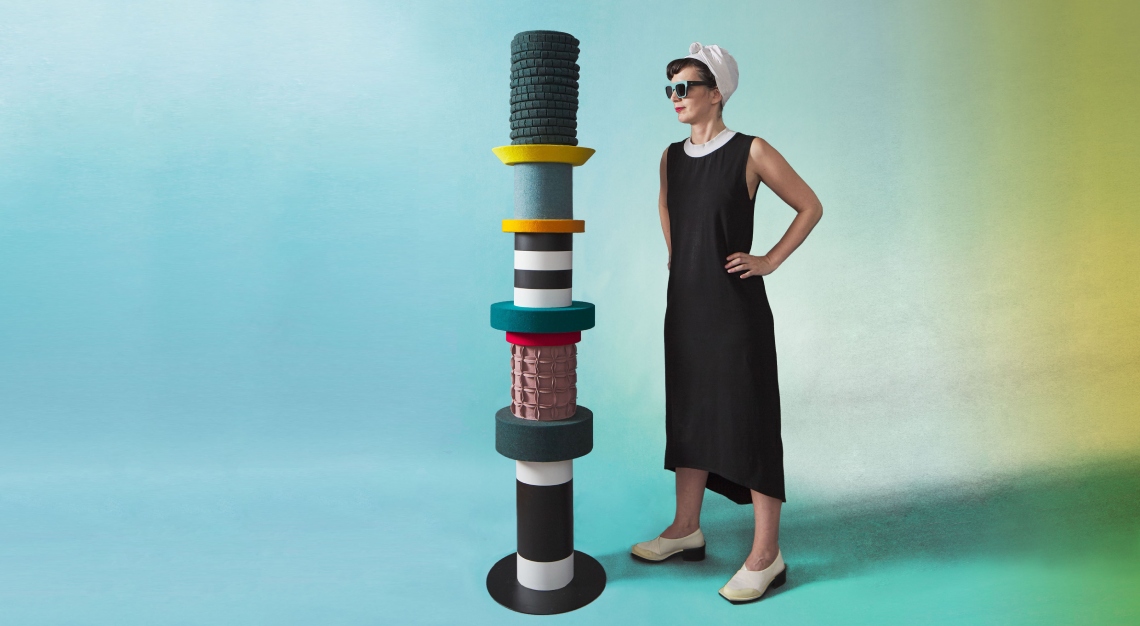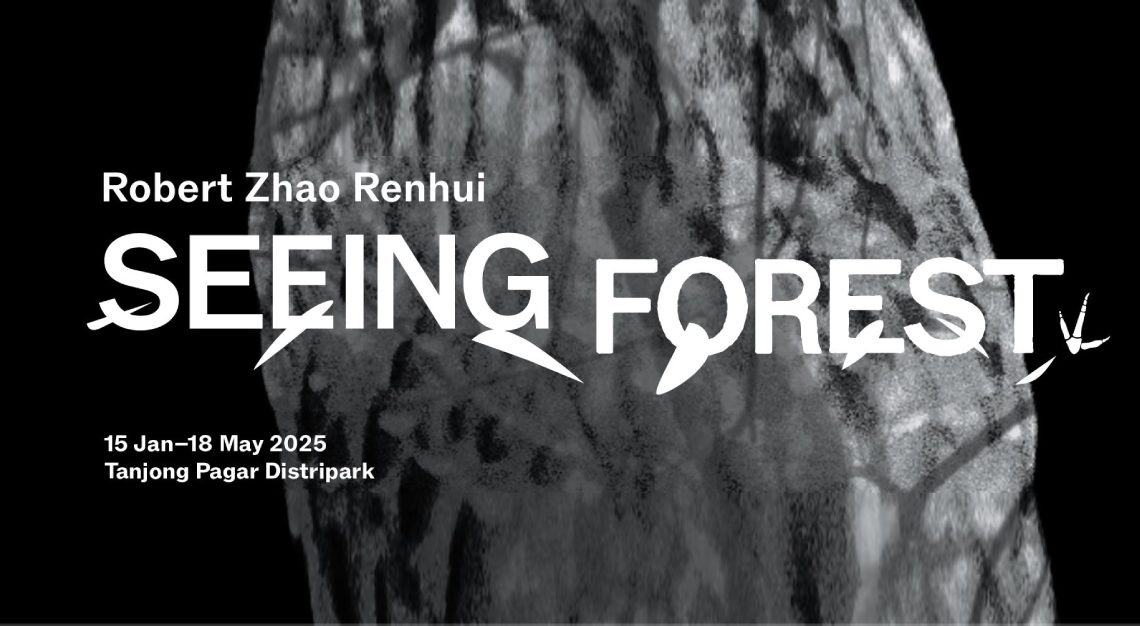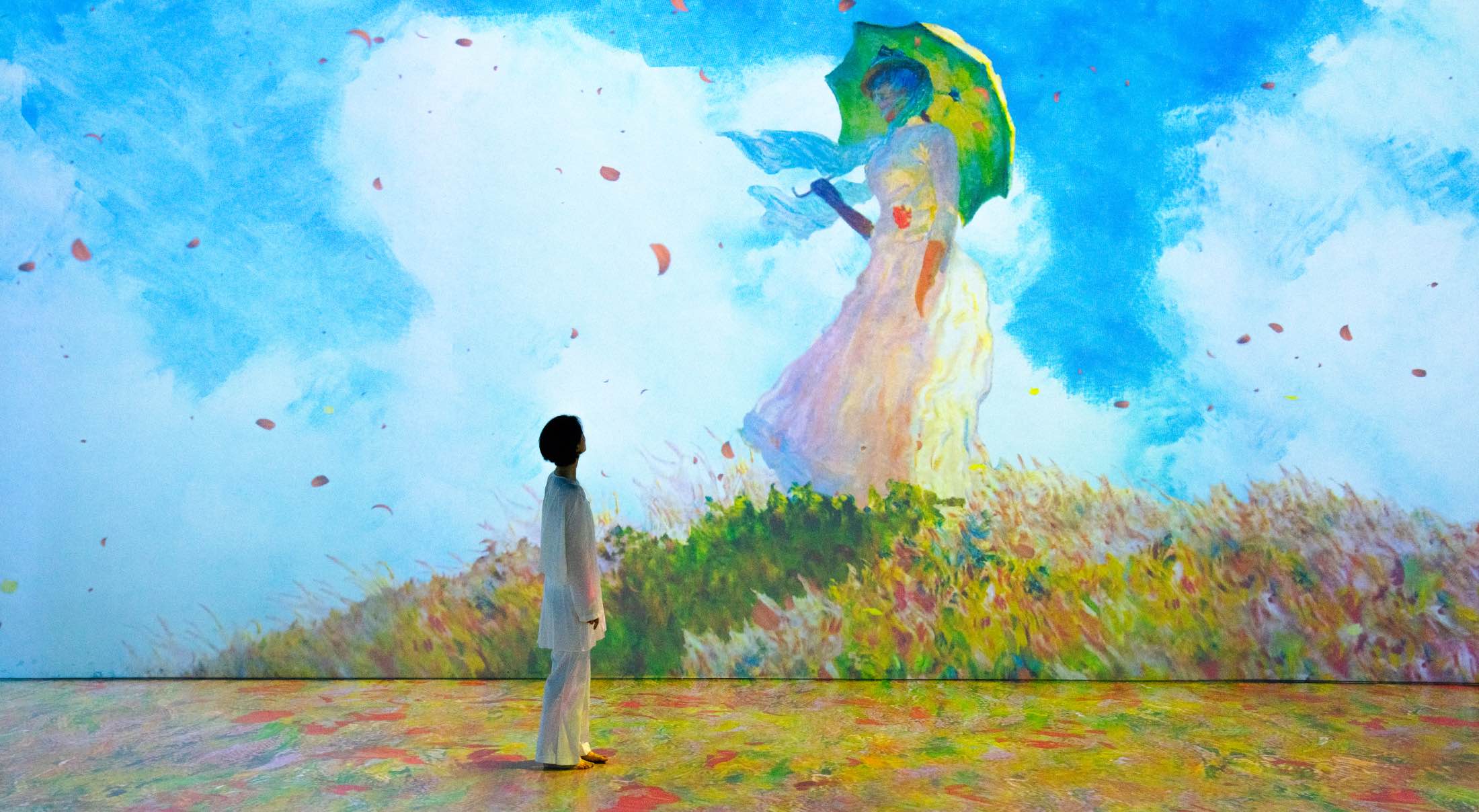The Southeast Asian debut of Icelandic-Danish artist Olafur Eliasson’s Your Curious Journey captivated audiences with immersive works exploring perception, nature, and climate urgency, blending the ephemeral with the tangible
Olafur Eliasson’s exhibition, Your Curious Journey, recently concluded a successful four-month run at the Singapore Art Museum (SAM), marking the acclaimed artist’s first major solo showcase in Southeast Asia. Visitors were treated to a mesmerising array of 17 key works that explored Eliasson’s ongoing engagement with perception, experience, and climate concerns over the span of his illustrious three-decade career.
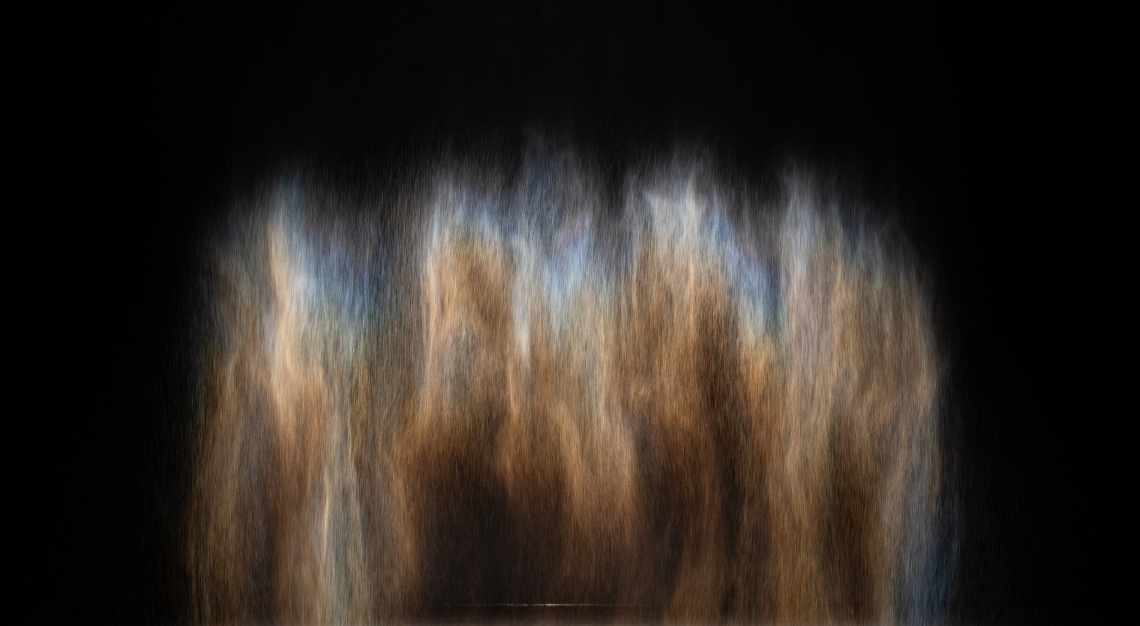
Known for his ability to transform the intangible into immersive sensory experiences, Eliasson’s work at SAM did not disappoint. The exhibition offered a dynamic mix of media, ranging from light and fog to water and moss, ingeniously crafted to heighten one’s awareness of their surroundings. Signature pieces like Beauty (1993), where mist and light create ever-changing rainbows, challenged perceptions and encouraged viewers to contemplate the delicate interplay between nature and human experience.
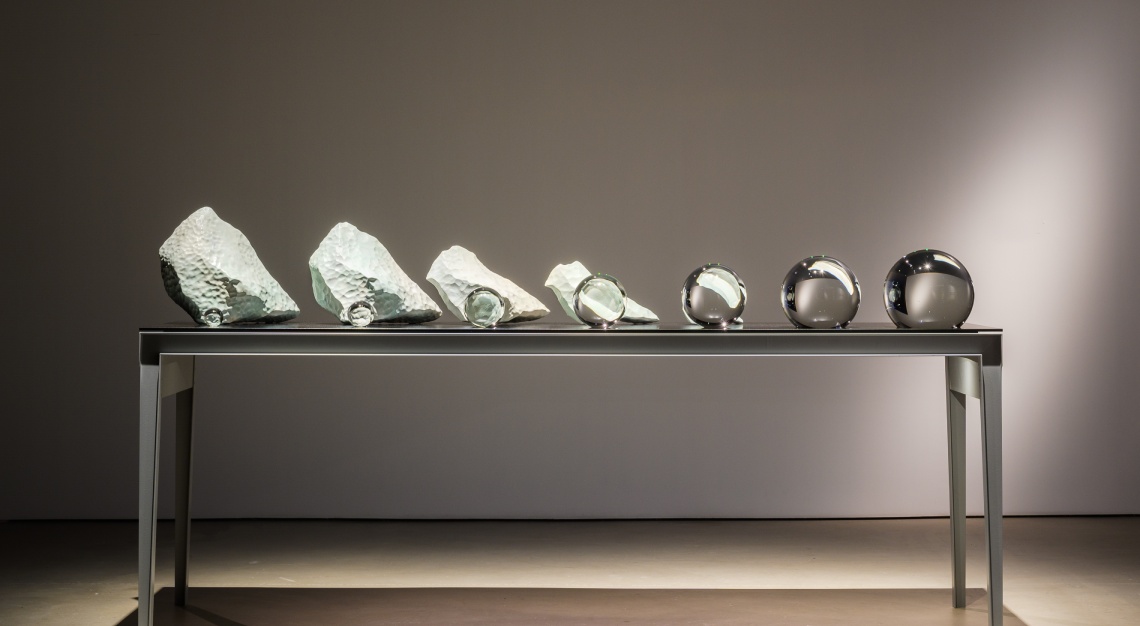
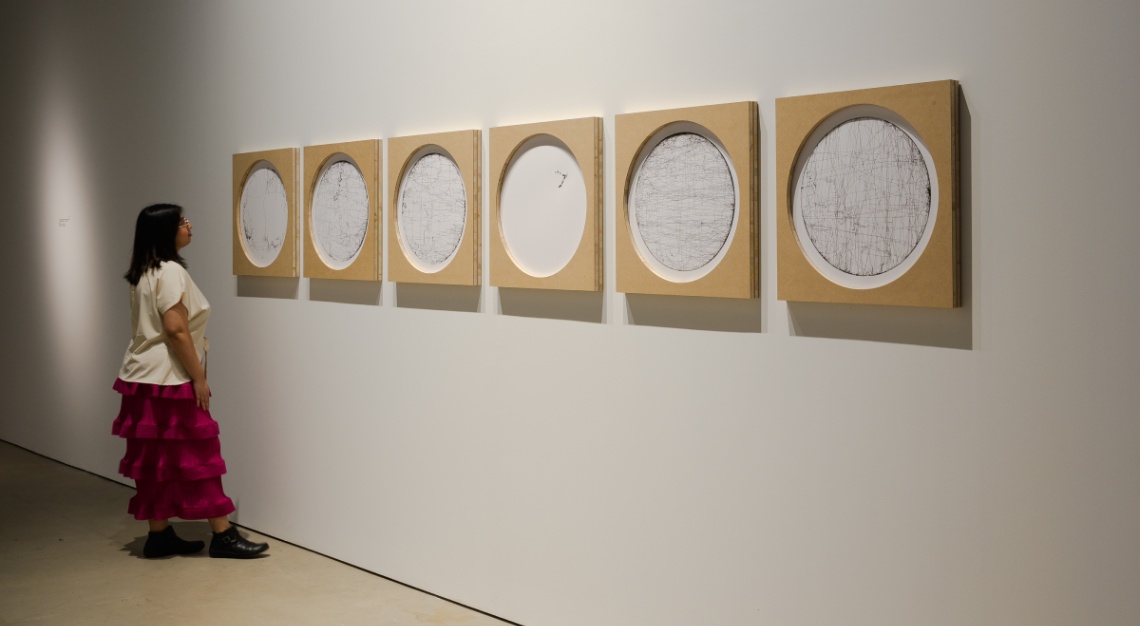
Eliasson’s concern for environmental issues shone through in the exhibit. His The Last Seven Days of Glacial Ice (2024) was a poignant reminder of climate change, visually representing the gradual loss of ice through bronze casts and glass spheres symbolising the water melted from Icelandic glaciers. Similarly, The Seismographic Testimony of Distance (2024), a series of drawings created by machines installed in the shipping crates that carried the artworks by sea, offered a reflection on the carbon footprint left by the global art world.
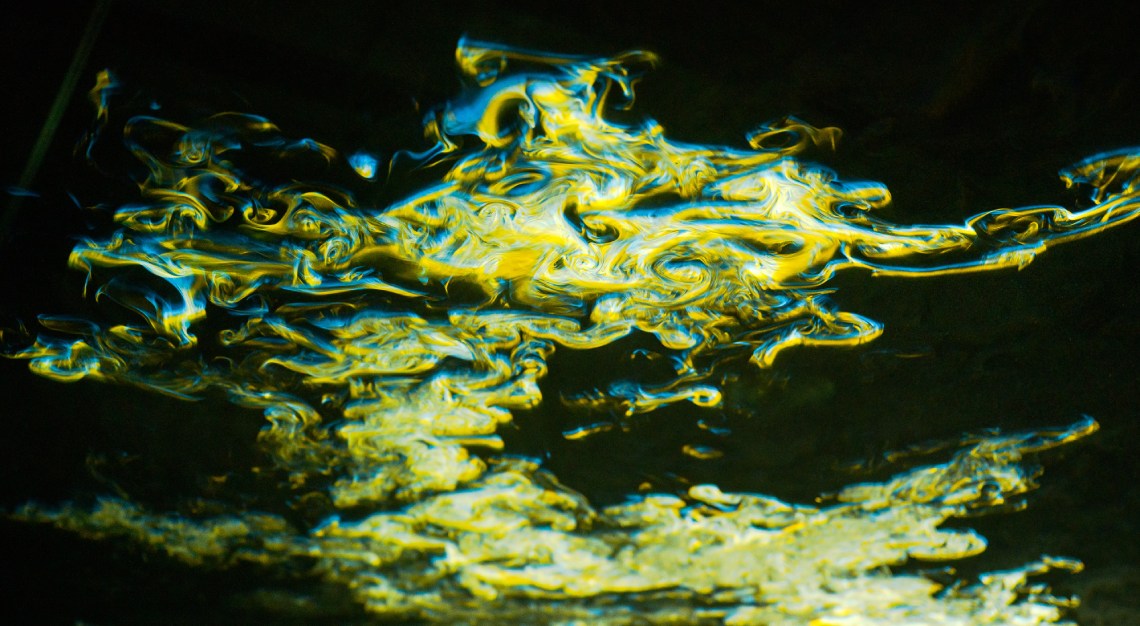
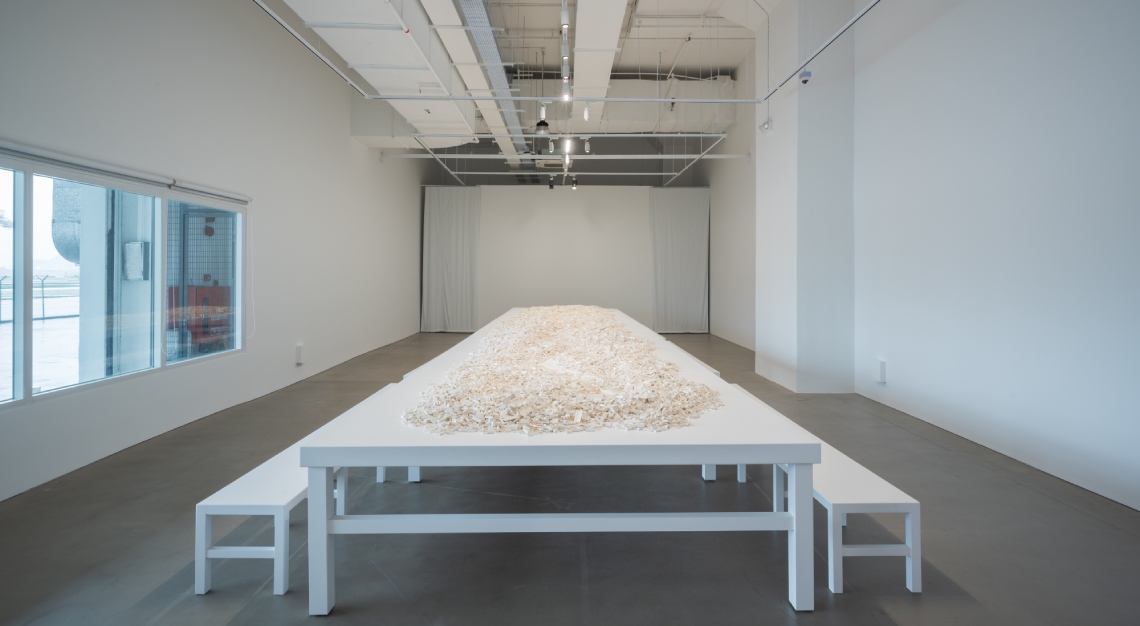
Among the works exclusive to Singapore, Symbiotic Seeing (2020) dazzled audiences with laser lights cutting through fog, while The Cubic Structural Evolution Project (2004) invited playful collaboration, encouraging visitors to co-create a sprawling Lego cityscape, blurring the lines between artist and audience.
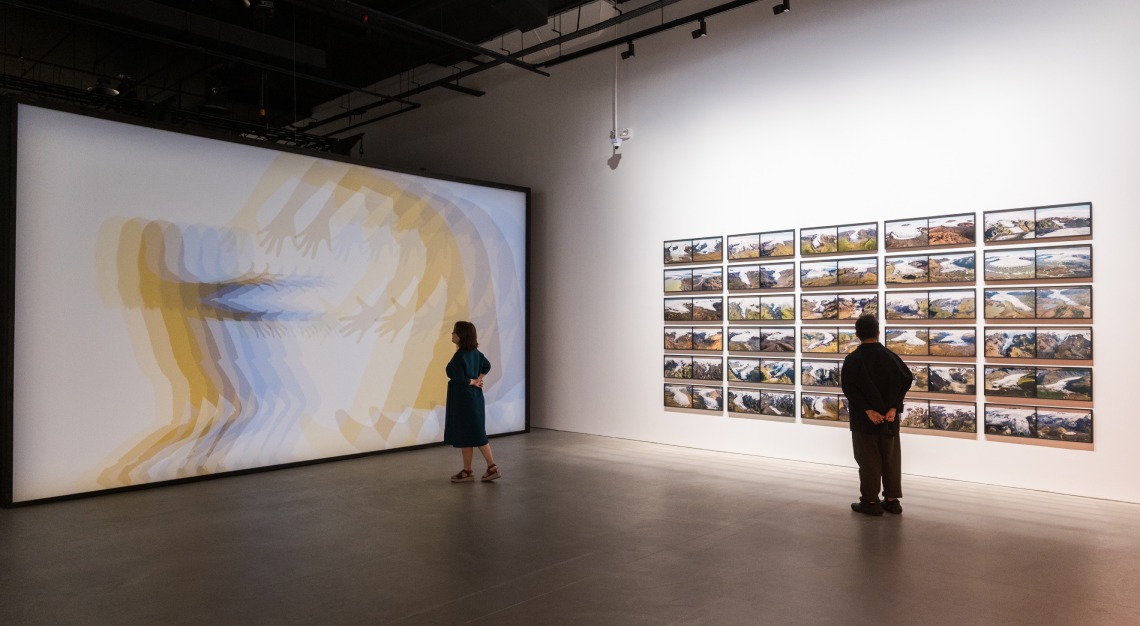
Eliasson’s Your Curious Journey left a lasting impression not just for its visual and interactive elements, but for its pressing environmental narratives, offering both thought-provoking art and a call to action on the urgent need for climate awareness. Though the exhibition may have closed its doors at SAM, its profound themes will continue to resonate as it travels across the Asia-Pacific region.
